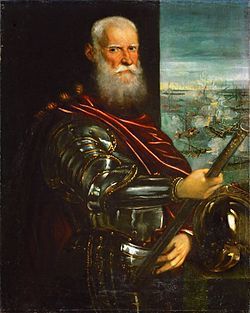

The House of Venier was a prominent family in the Republic of Venice who entered the Venetian nobility in the 14th century.


The House of Venier was a prominent family in the Republic of Venice who entered the Venetian nobility in the 14th century.
The Peggy Guggenheim Collection in Venice is housed in the Palazzo Venier dei Leoni, and the Croatian town of Vinjerac (once Castel Venier) takes its name from the family.
Venier.